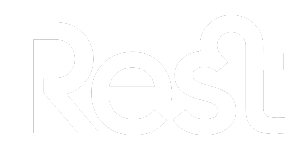Regardless of an individual’s position within an organisation, they need to have a clear understanding of their roles and responsibilities.
The main personnel directly involved in managing performance are:
- Human resource specialists
- Managers
- Team members
Each of these personnel must be fully trained in the performance management system so that they understand how to complete their areas of responsibility. Each member’s areas of responsibility are explored below.
Human resource specialists
Performance management policies and procedures will be owned by the human resource team. They will design them, train managers in delivering on them and then provide ongoing support. Human resource specialists can be utilised in the following areas of the performance management process:
- Writing job descriptions
- Setting KPI’s
- Training managers on providing feedback
- Creating performance review documents
- Establishing recognition programs
- Providing support services
Human resource specialists are there to support managers where they do not have the knowledge or experience. Best practice suggests all performance management decisions should be in consultation with the human resource department as they’re the experts.
Managers
To learn how to steer your success as a team leader, the ARA Retail Institute runs multiple workshops on leadership and team culture. Join the ARA Retail Institute in their latest workshop which looks into merchandise planning and retail buying.Click below to find out more.
{{cta(‘3fa196fc-cf42-4e1c-a8e3-c7b0ae3dc933′,’justifycenter’)}}
Managers are on the front line delivering on the processes designed by the human resource department. Managers must have input into all stages of the performance management process. The success of the performance management cycle largely depends on the skill level of the manager. Managers need to be trained in the following areas in order to manage performance effectively:
- Motivational techniques to encourage the team to achieve objectives
- Performance assessment including observations, completion of assessment tools
- Providing feedback including conducting performance reviews
- Coaching and mentoring
Team members
Team members must be trained in the performance management system and understand their roles in its execution. Team members should be involved at every performance management step, their responsibilities include:
- Review work plan and KPI’s
- Clarify any area they do not understand with their line manager
- Understand the assessment process and the areas their manager will be reviewing
- Listen to feedback when provided
- Attend coaching sessions
- Attend performance review and input into the discussion
- Carry out tasks as stipulated in their development plan
Communicating roles and responsibilities
There are many different communication methods. The communication method adopted must be in line with the
Stakeholder requirements. There are many ways in which organisations may choose to communicate roles and responsibilities including, but not limited to:
- Providing clear position descriptions upon employment and revising descriptions on a regular systematic basis to ensure relevance and currency
- Issuing team members with key performance indicators to ensure they are clear on the expected
- outcomes
- Standard operating procedures or policies and procedures that outline clearly the organisation’s
- expectations when carrying out specific tasks
It is critical that all team members can contribute to team and individual roles and responsibilities. This contribution will ensure the team take ownership of their roles.
Desired performance levels
Performance standards are often referred to as Key Performance Indicators (KPIs). They’re developed for Key Result Areas (KRAs) within the organisation. Key results areas are the main areas of accountability and responsibility for a role. They relate to the areas of performance that are critical to the overall success of the organisation. Key performance indicators are specific targets of achievement for each KRA. For example:
- Sales
- Customer average spend
- Sales versus target
- Customer conversion rate
- Workplace Health and Safety
- Health and safety assessment completion
- Mystery shopper results
- Number of loyalty sign ups
About ARA Retail Institute
ARA Retail Institute is Australia’s leading retail training provider for both accredited and non-accredited learning programs. For more information, please visit: www.retailinstitute.org.au






















